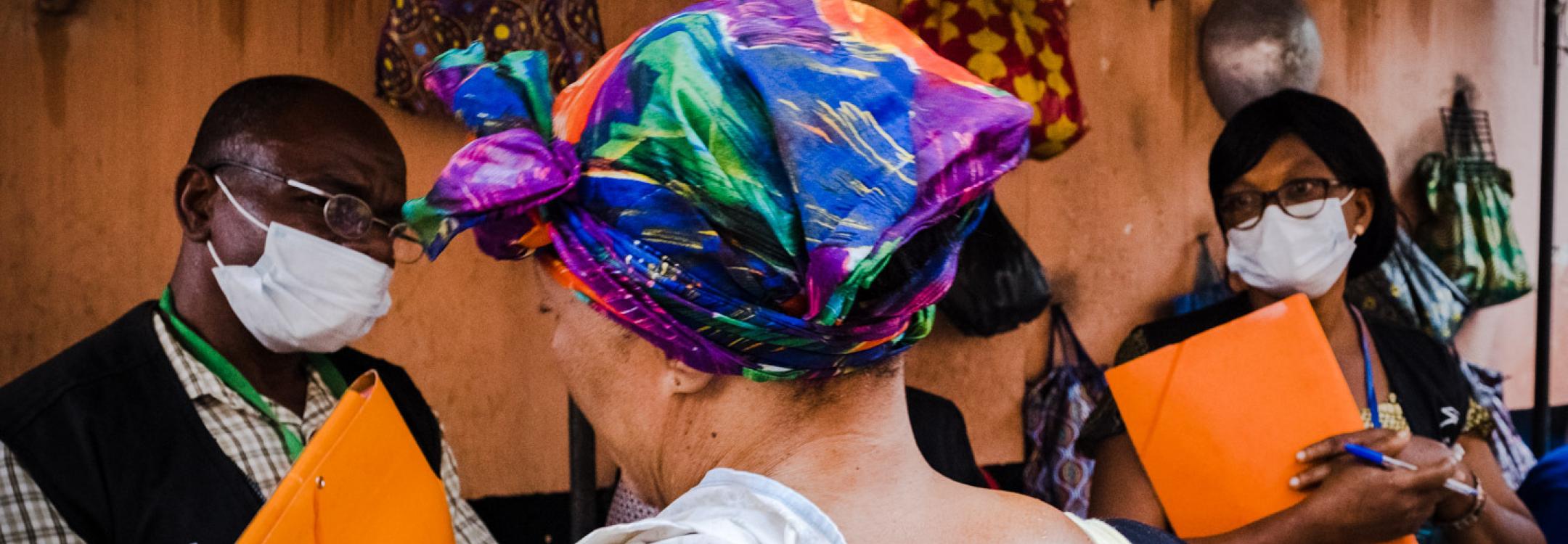What is a “preventive” visit?
As the name suggests, preventive visits aim at preventing torture and other forms of ill-treatment. The OPCAT clarifies that these visits shall be undertaken “with a view to strengthening, if necessary, the protection of persons [deprived of their liberty] against torture and other cruel, inhuman or degrading treatment or punishment” (Art.19.a) and “with the aim of improving the treatment and the conditions of the persons deprived of their liberty” (Art.19.b).
In more concrete terms, a preventive visit can be understood as any visit to a place of deprivation of liberty, with the objective of identifying root causes of ill-treatment and other human rights problems, understanding systemic issues and finding ways to address them. Preventive visits do not seek to react to specific incidents or allegations, but rather to ensure that the environment itself is less likely to give rise to such incidents and allegations. They are therefore proactive and can take place at any time, even when there is no apparent problem.
The emphasis of preventive visits is on the place of detention understood as a system rather than on the individual, while the ultimate goal is to improve the protection of all individuals against torture and other ill-treatment and, more generally, to ensure their rights and dignity are respected. Preventive visits are part of an ongoing and constructive dialogue with relevant authorities, to improve the detention system over the long term.
Preventive visits can be in-depth, thematic, ad hoc, or aim to follow-up on previous visits.
